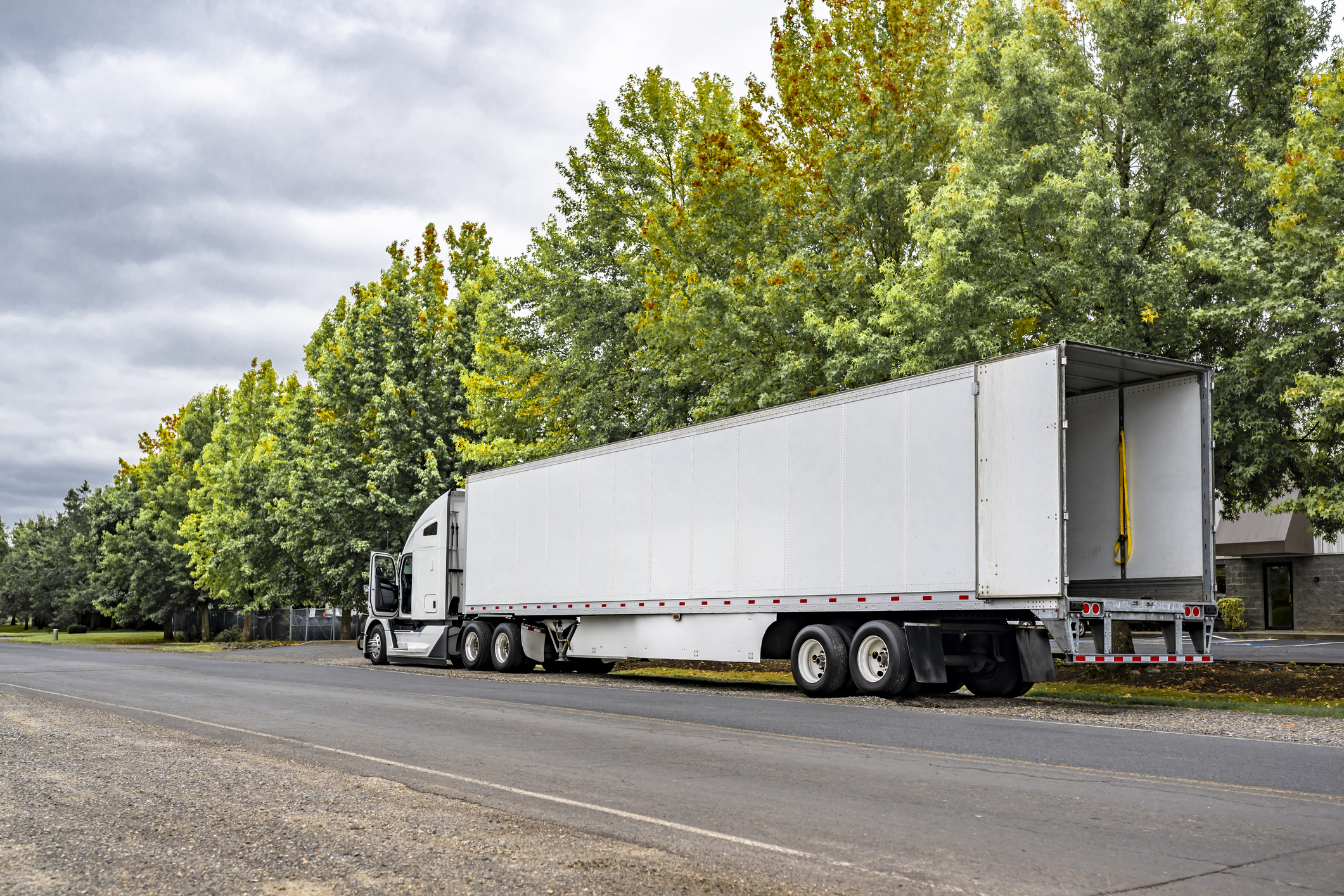Cutting costs? Make sure you’re not cutting morale too.

With freight rates down, carriers across the globe are actively looking to cut costs and mitigate the effects on their bottom line. However, where you cut costs is an incredibly important consideration. Mostly because a downturn isn’t permanent. Historical data shows that when freight experiences a slowdown, there will be a subsequent rebound. And when it happens, companies that have primed their workforces and remained invested in their employer brand will be better positioned to capitalize on the upswing. Let’s take a closer look at why.
When Cutting Costs Cuts Into Morale
While cost reduction can be a necessary component of healthy finances, it’s crucial to recognize the, well… cost of those cuts. Who will feel the most impact? What will their reactions be? How will it affect their work? What about morale? Loyalty?
During a freight downturn, carriers can cut costs in a number of ways, including freezing hiring, making changes in routes for efficiency, ramping up or scaling back on select partnerships and more. And all of these changes affect drivers.
When workers bear the brunt of the change, their jobs are often harder. A hiring freeze means bigger workloads per person, for example, while route changes affect how the job gets done. These are not small differences, and it’s important to recognize the adjustments workers will need to make.
When drivers and other frontline workers are left out of the loop, it can leave them feeling undervalued. And this is a compounding problem. When morale suffers, it affects everything from production to sales to customer satisfaction. It weakens a company’s brand image and employee relations, making it harder to keep top talent and satisfy customers. And of course, unhappy workers lead to unhappy customers. Now, on top of a hiring freeze, you might be facing customer attrition too. This further damages the company’s position in the market, making it harder to run the business efficiently when freight cycles shift and it picks back up again.
The good news is that a shift in strategy can significantly reduce these kinds of problems. In fact, research by Washington State University’s Carson College of Business shows that when organizations invest in employees during cost-cutting, worker morale stayed stable over time.
Stay Invested Where It Matters Most
Here are some ways you can use the slowdown in freight as a chance to shift your strategy. Prioritize efforts to improve communication with your existing workforce, listening to their needs, responding to their concerns, and supporting them through inevitable changes. Invest in employee listening. After all, who better to provide insight into production, efficiency, and safety than those on the front line every day?
When you make strategic operational decisions — whether it’s to cut costs directly, improve efficiencies, or otherwise make changes that will affect your workforce — make sure your workers feel valued and supported. Keep them informed about what’s changing and why. Give them an opportunity to ask questions and be forthcoming about the answers.
For example, if you’re changing commercial routes for efficiency, instead of simply dispatching the information, let drivers know the impact of the change. Of course, it’s obvious that better routes will conserve fuel and reduce emissions, but they can also reduce engine wear, allow for faster deliveries, and in many cases, provide a safer journey for the driver. Remind drivers that their well-being is important to the organization and that the work they do is highly valued. Ask them how you can help through the transition.
This level of two-way communication keeps workers engaged, boosting employee satisfaction and creating a high-functioning, healthy workplace culture.
The ROI of Workforce Engagement
Focusing on company culture and employee listening will inherently improve worker retention and company culture. By engaging your team during freight lows, you’ll have a well-oiled machine filled with highly valuable workers who will be ready to ride it out with you through the boom cycles. This builds intrinsic value for the organization as an employer, helping you earn a reputation for stability and worker support. Not only that, you’ll have fewer roles to fill when freight rates go up again.
With a respectable reputation in the labor market, you’ll also be able to attract top talent for the additions you do need without having to pay exorbitant sign-on bonuses. As workers increasingly look for job security and other intangible rewards in their careers, you can build a high-functioning work environment that meets those needs, providing them with a supportive workplace that cares about their well-being. These investments in culture also make it less likely that workers will leave the company to “bonus shop.”
And don’t forget, happy workers make happy customers. Employee listening strategies also support your customer experience, and ultimately, your bottom line. Some companies even ask for examples of how carriers support their workforce when taking new bids!
Freight slowdowns are a natural part of the transportation business landscape. But, by remaining invested in communication and workforce engagement during these downturns, you can create a resilient culture and trucking business that thrives, even in the face of market fluctuations.
WorkHound for Recruitment and Engagement
To really understand your workforce, you have to listen to your workforce. WorkHound can help. With real-time anonymous feedback, WorkHound helps trucking carriers, manufacturers, logistics companies and others engage deeper with their workers, improving both retention and recruitment goals. For more about WorkHound, contact us today for a free demo.
Let's Build Better Workplaces Together
Revolutionize your company culture and your worker retention rates by improving communication and engagement.
Book a Demo

